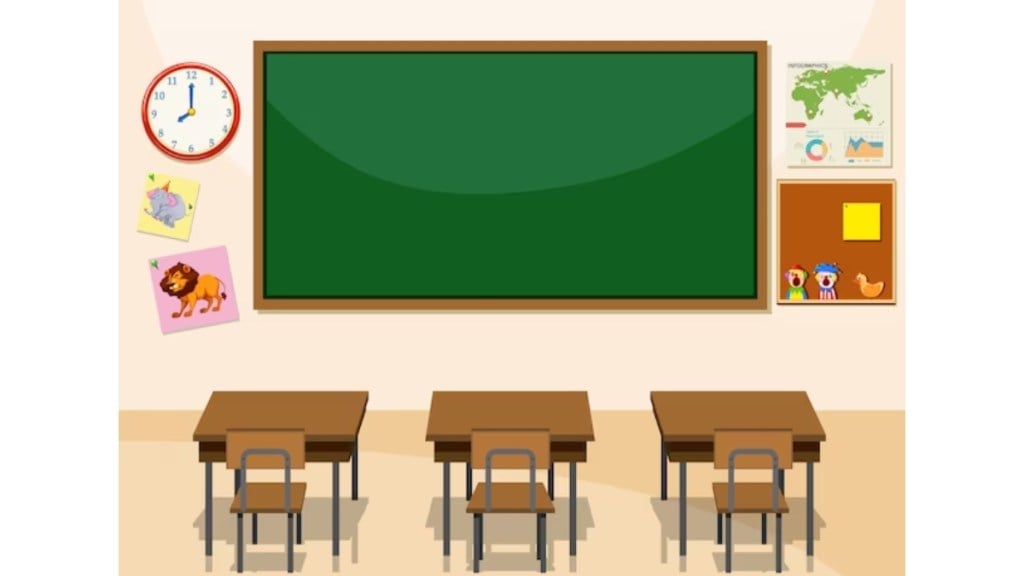By Tassos Anastasiades
Classroom collaboration is the new buzzword in education with students taking more responsibility for their learning using peer and teacher assessments, digital learning, and social media as their key tools to knowledge beyond the four walls of a classroom. This new age methodology is not only improving cognitive skills, honing problem-solving abilities, and enhancing multi-disciplinary learning but is also allowing students the flexibility to learn and grow at their own pace.
Through collaborative learning, the students can leverage their own thinking and can observe, internalise, and offer strategic ideas, in a more coherent manner. Unlike traditional learning, where schools race to finish defined curriculums, flipping learning takes a more holistic approach.
The new approach is allowing the youngsters to become more focused, confident, creative while developing their own projects around the intended learning objectives, recalling, defining, analysing, creative thinking, critical thinking, communicating, and asserting their points of view, challenging – the real 21st century skills become more prevalent.
Increased curriculum flexibility is essential if every student learns effectively and meaningfully, with paced learning instead of traditional methods that rely on terminal tests or examinations to evaluate all students. Some of the students that do not fit in this system, ironically have above average intelligence and skills.
Therefore, curriculums and pedagogies need to be designed to be aligned with this thinking. The way to maximise learning is to challenge learners in a way that is achievable and improves their self-esteem and confidence.
In fact, several countries are structuring their curricula into “steps” through which the progress of students could be accessed. The future is about learning and versatility using 21st century skills to develop core competencies such as collaboration, digital literacy, critical thinking, and problem-solving that will help students thrive.
However, there is still a compelling argument that we should treat all students equally irrespective of their individual differences except the same from all and work with each student’s current learning needs to help them ‘catch up.
A report titled 21st Century Skills and Finnish Student Teachers’ Perceptions of a Successful Religious Education Teacher: A Pilot Study has interesting insights. It pointed that the students were encouraged to join the planning and creation of teaching and different school projects, and their viewpoints were considered in developing schools’ learning environments.
The best-achieved competency was ‘Collaboration’ and the least well-achieved was ‘Global connections.’ The study illustrated student teachers’ perception of their success in applying 21st-century competencies to their teaching at schools. Answers to open-ended questions produced convincing evidence that courses involving collaborative and interactive learning, high quality, sufficient support, related 21st-century competencies, certain pedagogical methods used by teacher educators, and integrating theory and practice can contribute strongly to the development of student teachers’ 21st-century competencies.
Therefore, paced, and self-driven learning catalysed by students is the future of education where emphasis is given not just to learning concepts or increasing knowledge to build successful careers, but also blossom into a more humane individual.
The author is principal- IB of Genesis Global School, Noida. Views are personal.
